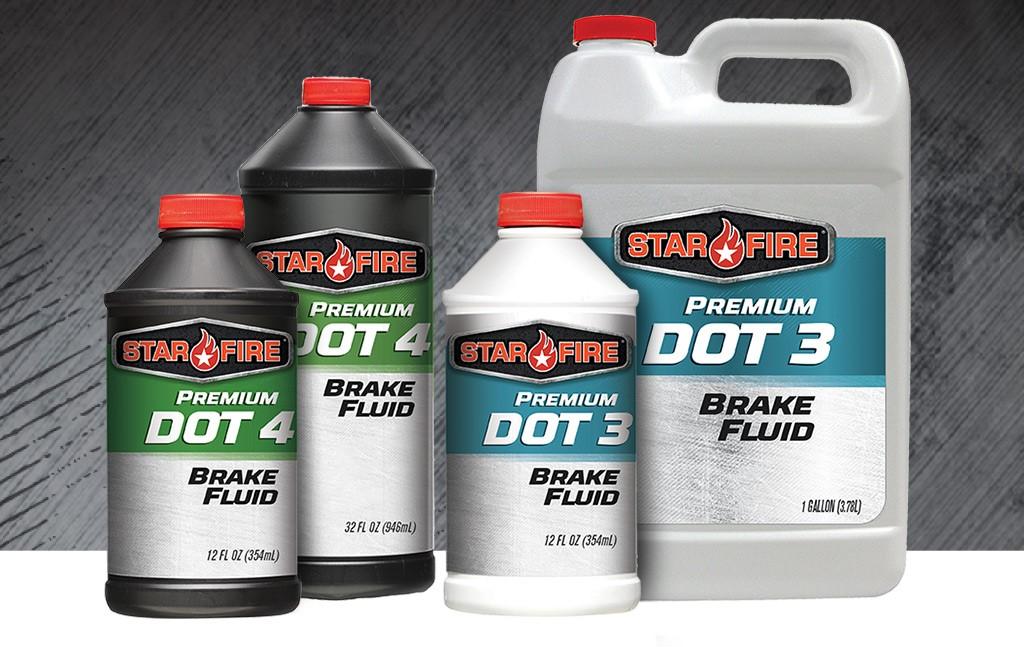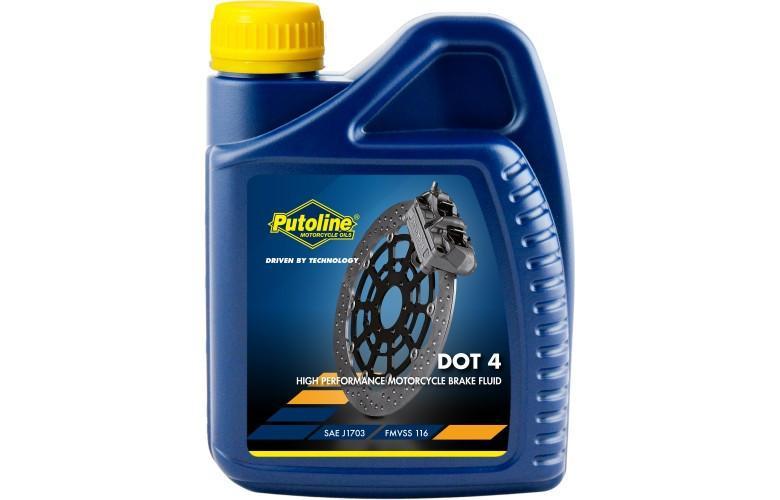Our MOT garage, not a Mazda dealer I should mention here, exchanged the brake fluid early 2018 from the original DOT3 to DOT4, without asking us.
Almost instantly we had problems. The front disc brakes did not return after braking.
The brake pads kept in place against the discs and when driving corners you heard the pads humming.
This is caused by the additives in the Dot4 brake fluid. This fluid is much more aggressive than DOT3 fluid. No problem for modern cars. But our 2004 Mazda could not cope with DOT4. The rubbers swoll and got thicker. Clearly to be seen at the filler cap. Hardly impossible after a month of DOT4 to get the rubber back in.
So, although trusted websites and garages, so_alled experts advice to upgrade to DOT4, Never Ever do this. There is a reason for the message ONLY DOT3.
I have exchanged the fluid with DOT3 now, and I hope that this solves our problems. Fingers crossed.. Otherwise a complete revision of brakes and clutch is required… 4 brake calipers, 1 master brake cylinder, 1 master clutch and the clutch servo… Not the costs, but a lot of work. Although, after this any DOT will be possible.. Hmmm. Maybe not that bad a thought after all.
If you really need to go from DOT3 to DOT4 without changing cups and rubbers, do the simple test as described below:
Take the rubber from the filler cap out, put it in a closed jar filled with fresh DOT4 for a week and fit it back in.
If it fits perfectly, go ahead with DOT4.
And the garage? They are the expert, no way they will repair our car… In their opinion the car is too old anyway and it should be EOL.
Inserted article:
3 Points To Take Note When Comparing Between DOT 3 Vs DOT 4 Brake Fluid
The brake fluid is the lifeblood of the braking system. It keeps the braking components lubricated so that they respond promptly when you press the brake pedal. With the help of the fluid, the piston can comfortably compress the rotors to slow down the vehicle. DOT 3 and DOT 4 are two most common types used in automobiles. If you are looking for the right fluid for your car, a comparison of DOT 3 vs DOT 4 brake fluid will help you to decide better.
What Is the Difference between DOT 3 vs DOT 4 Brake Fluid?
DOT 3 is the most common and popular brake fluid type of truck and cars. DOT 4 is also gaining momentum due to its compatibility with anti-lock braking system and traction control. The first one is the standard, low-cost option for average cars where there is little chance for the drivers to engage in aggressive braking actions. But, automobiles like racing cars and police vehicles that need frequent vigorous braking use DOT 4 fluid. Let’s find out some more points of difference between DOT3 vs DOT4:

1. Boiling Point
The major difference between DOT 3 vs DOT 4 is the boiling point – their tenacity to absorb water. DOT 3 is more prone to assimilate water because it has a lower boiling point. For this reason, it boils easily under hard and rough braking, which could ruin the braking components and cause subpar braking performance. For this reason, the DOT 4 fluid can easily replace DOT 3 but the second one should not be used as an alternative to the DOT 4 type until it’s absolutely necessary.
2. The Chemical Structure
Another slight difference between DOT 3 vs DOT 4 brake fluid is their chemical components. DOT 3 has a blend of ether and polyalkylene glycol whereas a mixture of glycol and borate creates the DOT 4 fluid. The glycol-ether blend holds very well in hot and wet conditions, which is perfect for regular vehicles where the brakes get heated up easily. On the other hand, DOT 4’s chemical ingredients that show a high level of water tolerance and stability under high temperatures.
3. Boiling Capacity
DOT 3 is the winner in this comparison section between DOT 3 vs DOT 4 brake fluid. It functions well in both water and open air because it has both wet and dry boiling capacity. DOT 4 has an excellent dry boiling capacity but it does not work well in water.
Which one should you choose? DOT 3 or DOT 4 brake fluid? Well, the first one is the best option if you are driving a standard vehicle. However, if it’s a racing car or you like rough driving, DOT 4 will take better care of the braking components.

Are There Any Cautions to be Aware of?
Yes, there are a few things to be aware of. Both fluid types eat paint, so don’t spill them on the car body. Also, they can react badly if mixed with other fluids used in a vehicle.
You should keep the fluids in tightly sealed containers. The moisture in the air degrades their chemical components. So, it’s not safe to use the brake fluid from an open bottle.

